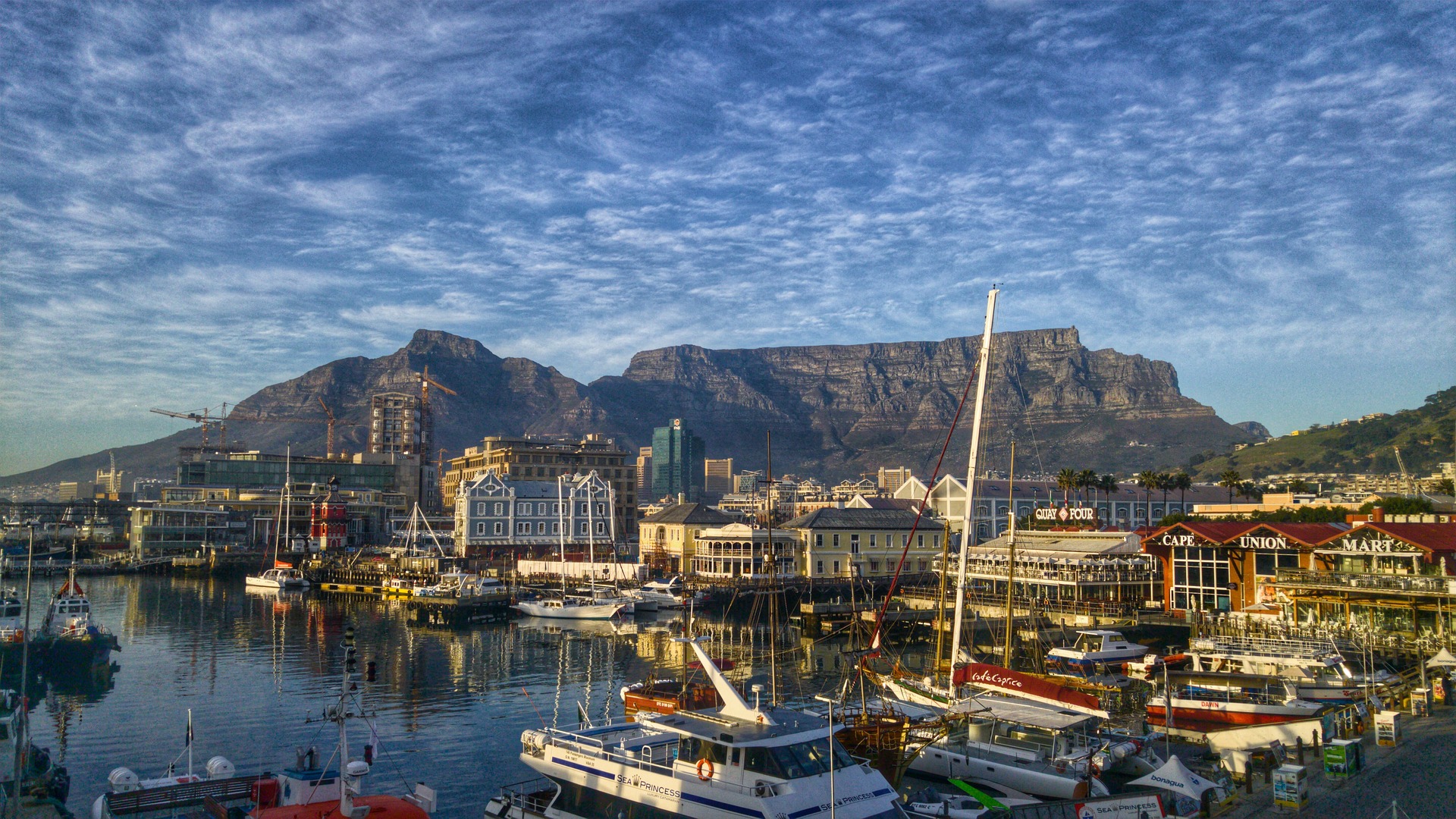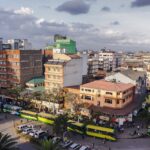
table of contents
Basic information about South Africa
South Africa is located at the southernmost tip of the African continent and is a country that combines natural beauty with a developing economy. There are many nature reserves and national parks, and there are many ways to enjoy the country, such as safaris, flower watching, whale watching, and even diving in the ocean.
Basic data
・Official name: Republic of South Africa
・Population: 59.31 million people (2018, World Bank)
・Area: 1.22 million km2 *24th in the world. Approximately 3.2 times the size of Japan.
・Capital: Pretoria
・Economic cities: Johannesburg, Cape Town
Languages: English, Afrikaans, Bantu languages (Zulu, Sotho, etc.), a total of 11 official languages
Ethnic groups: Black (79%), White (9.6%), Coloured (mixed race) (8.9%), Asian (2.5%)
・Religion: Christianity (about 80% of the population), Hinduism, Islam, etc.
・Major industries:
(Agriculture) Livestock, maize, sugarcane, soybeans, citrus fruits, other vegetables and fruits, potatoes, wheat, wool, leather
(Mining) Gold, platinum, iron ore, coal, copper, chromium, manganese, nickel, diamond, vanadium, titanium
(Industry) Food, steel, chemicals, textiles, automobiles
Nominal GDP total: $418.02 billion in 2021, 33rd in the world, 2nd in Africa
・Nominal GDP per capita: $6,950 in 2021 (89th in the world, 6th in Africa)
Although the economy is more developed than other African countries, the gap between rich and poor is still deeply rooted. Even now, more than 20 years after the abolition of apartheid laws, discrimination and its derivative problems remain.
South Africa and Japan trade situation
Imports of non-ferrous metals make up a large proportion of trade with South Africa. According to a survey conducted last year, the amount of imports is four times the amount of exports.
・Japan's exports: $2.354 billion
Export items: Transportation equipment (52.4%), general machinery (15.7%), raw material products (9.6%)
・Japan's imports: $10.099 billion
Import items: non-ferrous metals (78.0%), iron ore (6.5%), automobiles (2.4%)
There are also more Japanese people working locally than in any other African country, with 268 Japanese companies operating there and 1,112 Japanese people residing in the country.
Export procedures for goods to South Africa
South Africa has simplified various procedures and put them online, but caution is required as they can become complicated under certain conditions.
Import/export license application procedures
(1) Registration with the South African Revenue Service (SARS) *SARS
(2) For products that require an import or export permit, apply in advance for an import or export permit from the Department of Trade, Industry and Competition (DTIC) or the relevant ministries.
(3) When importing and selling electrical appliances with plugs into South Africa, the manufacturer/importer must obtain a Letter of Authority (LOA) from the National Commission on Compulsory Standards (NRCS) in advance. *NRCS
Customs Formalities
All procedures can be done online. South African Revenue Service: Customs Declaration: Clearance Declaration
What documents are required?
As with any country, many documents are required when trading with South Africa. The following are all important, so be sure to prepare them all when considering trading with South Africa.
Bill of Lading (BL) or Air Waybill (AWB) (for customs clearance, copy acceptable)
In principle, bills of lading are in "to order" form, but in special cases they can also be in "straight" form.
Certificate of Origin Declaration (DA59)
It is used for goods that are subject to preferential tariffs, anti-dumping duties, or countervailing duties. A signed declaration (a copy is acceptable) must be attached to the commercial invoice for goods that require a certificate of origin. In addition, if you import goods from the EU using the FTA with the EU, you will need to submit a movement certificate (EUR.1), which serves as a certificate of origin.
Commercial invoice (copy acceptable)
Invoices must contain information necessary for customs to determine the price, including the product name and trademark, the nature and characteristics of the goods, and details necessary for the assessment of import taxes and the compilation of statistics.
Packing List
The premise is that the information matches what is stated on your other documents. The South African Revenue Service does not accept free invoices and shipments must be valued correctly.
In addition, when importing regulated items, an import permit must be obtained before shipping the goods, and failure to do so will result in penalties. Import permits are issued by the Director General of the Export and Import Control Department of the Ministry of Trade, Industry and Competition, are non-transferable, and can only be used by the person to whom they are issued. They are valid for the calendar year in which they are issued. Although the number of regulated items is decreasing, an import permit is almost always required to import used goods.
Summary of South African trade and export basics
Although South Africa continues to experience some problems such as discrimination and the gap between rich and poor amidst its remarkable economic growth, the amount of trade between the country and Japan is also high, and it is expected that the scale of trade will continue to expand in the future. This site also introduces other countries, so please take a look.
category:African export business
Tags: Africa, South Africa, export
Related articles
-

Basic information on Moroccan trade and exports (overview and basic statistics)
-

Basic information on Algerian trade and exports (overview and basic statistics)
-

Basic information on trade and exports in Côte d'Ivoire (overview and basic statistics)
-

Basic information on Ethiopian trade and exports (overview and basic statistics)
-

Basic information on Ghana's trade and exports (overview and basic statistics)
-

Business opportunities in Africa! Advantages and disadvantages of expanding into Africa